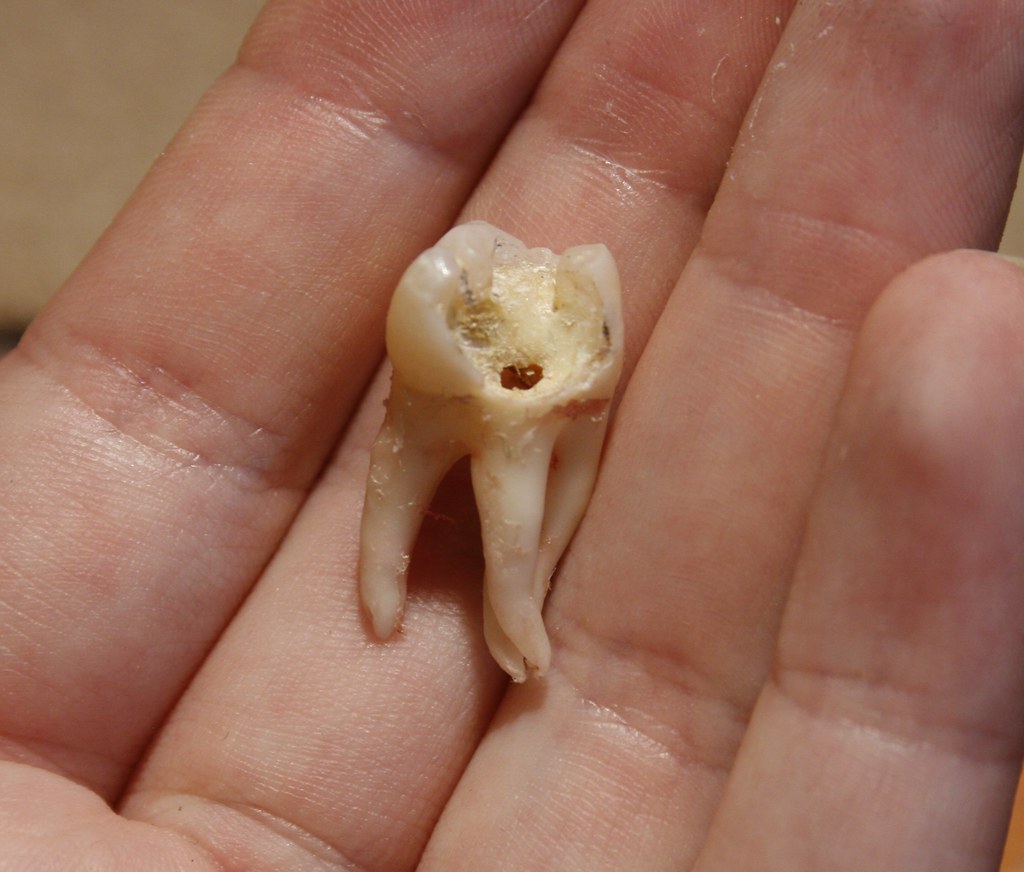8 Jaw Ache Solutions After Filling

Jaw ache after a filling is a common complaint, but there are several solutions that can help alleviate the discomfort. One of the primary reasons for jaw ache after a filling is the trauma caused to the jaw joint and the surrounding muscles during the procedure. This trauma can lead to inflammation and strain on the jaw, resulting in pain and discomfort.
To address this issue, it’s essential to understand the potential causes of jaw ache after a filling. These can include the anesthesia used during the procedure, the filling material itself, and the technique used by the dentist. Additionally, pre-existing conditions such as temporomandibular joint (TMJ) disorders or teeth grinding can also contribute to jaw ache after a filling.
Here are 8 potential solutions to consider:
Over-the-counter pain relievers: Over-the-counter pain relievers such as ibuprofen (Advil, Motrin) or acetaminophen (Tylenol) can help alleviate jaw ache and reduce inflammation. However, it’s crucial to follow the recommended dosage and consult with your dentist before taking any medication.
Warm compresses: Applying a warm compress to the affected area can help relax the jaw muscles and increase blood flow, which can aid in the healing process. To create a warm compress, soak a cloth in warm water, wring it out, and apply it to the affected area for 5-10 minutes.
Soft food diet: Eating soft foods such as yogurt, mashed potatoes, or scrambled eggs can help reduce the strain on the jaw joint and surrounding muscles. Avoid chewing hard or sticky foods, such as nuts or candy, as they can exacerbate the discomfort.
Jaw exercises: Gentle jaw exercises such as opening and closing the mouth or moving the jaw from side to side can help loosen up the jaw joint and reduces stiffness. However, it’s essential to avoid overexertion, as this can worsen the condition.
Massages: Massaging the affected area can help relax the jaw muscles and improve blood flow. Use your fingers to gently massage the area in a circular motion, starting from the center of the jaw and working your way outwards.
Desensitizing toothpaste: Using a desensitizing toothpaste can help alleviate tooth sensitivity, which can contribute to jaw ache. Look for toothpaste containing ingredients such as potassium nitrate or strontium chloride, which can help block the dentinal tubules and reduce sensitivity.
Filler adjustment: In some cases, the filling itself may be the cause of the jaw ache. If the filling is too high or uneven, it can put additional stress on the jaw joint, leading to discomfort. Consult with your dentist to see if the filling needs to be adjusted.
Professional treatment: If the jaw ache persists or worsens over time, it may be necessary to seek professional treatment from a dentist or an oral surgeon. They can assess the situation and provide further guidance on the best course of action.
In addition to these solutions, there are several other factors to consider when dealing with jaw ache after a filling. For example, maintaining good oral hygiene, avoiding chewing on hard or sticky foods, and managing stress through relaxation techniques such as meditation or deep breathing can all help alleviate discomfort.
To better understand the potential causes and solutions for jaw ache after a filling, let’s examine the process of getting a filling and how it can affect the jaw joint and surrounding muscles.
Step 1: Preparation
Before the filling procedure, the dentist will typically administer local anesthesia to numb the area. This can help reduce discomfort during the procedure but may also contribute to jaw ache afterwards.
Step 2: Filling Placement
The dentist will then remove any decayed tooth material and prepare the tooth for the filling. The filling material is then inserted, and the tooth is shaped and polished to ensure a proper fit.
Step 3: Recovery
After the procedure, the anesthesia will begin to wear off, and the jaw joint and surrounding muscles may feel sore or stiff. This is a normal part of the healing process, but it can be uncomfortable.
To minimize the risk of jaw ache after a filling, it’s essential to follow the dentist’s instructions carefully and maintain good oral hygiene. This includes brushing and flossing regularly, avoiding chewing on hard or sticky foods, and attending follow-up appointments as recommended.
In conclusion, jaw ache after a filling can be a frustrating and uncomfortable experience, but there are several solutions that can help alleviate the discomfort. By understanding the potential causes of jaw ache and taking steps to address them, individuals can reduce their risk of experiencing this issue and maintain good oral health.
What are the common causes of jaw ache after a filling?
+The common causes of jaw ache after a filling include the anesthesia used during the procedure, the filling material itself, and the technique used by the dentist. Pre-existing conditions such as TMJ disorders or teeth grinding can also contribute to jaw ache after a filling.
How can I alleviate jaw ache after a filling?
+There are several solutions that can help alleviate jaw ache after a filling, including over-the-counter pain relievers, warm compresses, soft food diet, jaw exercises, massages, desensitizing toothpaste, filler adjustment, and professional treatment.
When should I seek professional treatment for jaw ache after a filling?
+If the jaw ache persists or worsens over time, it may be necessary to seek professional treatment from a dentist or an oral surgeon. They can assess the situation and provide further guidance on the best course of action.



